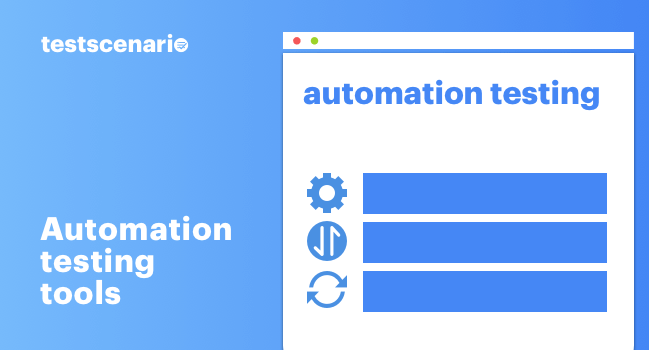
Different types of testing are performed at different stages of the development cycle. These tests ensure that the product is being built as per the expectation of the client or the users. Some of these tests are unit testing, functional testing, system testing, integration testing, smoke testing, alpha testing, beta testing, and more. In this section, we will be discussing more beta testing.
What is Beta Testing?
Beta testing is one of the last steps in SDLC before a product goes live. Also known as user acceptance testing or customer verification, it is used to test a software product before releasing it to the public.
Beta testing is performed by the actual users or a selected subset of users in the user environment. This test is performed to ensure that the completed software or product works per the needs of the user in terms of functionality, usability, compatibility with other systems, reporting, etc.
Beta testing is also popularly known as 3R testing.
- Real Users
- Real Environment
- Real Product
Why Beta Testing is Important?
Irrespective of how well you develop your product if the end-users are not satisfied it is of no use. This is where Beta Testing comes into the picture. It helps you to get real-time feedback from the users before it hits the market or goes to production.
Let us see more details on why Beta Testing is important.
- Improved Quality
Like any other testing activity, beta testing also improves the quality of the product. The testing is done by the end-users who use the application or product as per their business needs which helps to find out domain-related issues that could have been missed during functional testing.
- Usability
Testing helps the developers to understand the usability of the app by the real users. The app should be easy to understand, the navigations should be simple, and the user should be able to get what he wants without many efforts. The user would also check the performance of the app and how long it is taking for him to get what he wants. With this feedback, the developers can work on improving the software or app before it goes to production for a wider audience.
- Identification of domain-specific issues
Among the amount of functional testing done on the product, there can always be issues that are specific to the business flow or the way the end-users use the application. These can be found out only during the Beta Testing phase. These are very important issues that would need immediate attention in many cases. Beta testing helps you to identify these before production, ensuring you can roll out a better-quality product with these fixes.
- Performance
Performance of the application under testing environment and in the real world can be very different. This could be due to the load, the network issues, security issues, and many other such reasons. Beta testing helps in identifying these issues and helps the developers get some buffer time to fix the issues before production.
- Feature and Functional Enhancements
The end-users use the application or product, they will be able to suggest more features and enhancements that will make the app better. Beta testing also gives the app developers to get real-time feedback and usage pattern of the application helping them to make changes if needed.
- Cost
The application to a small target audience to get the feedback has double benefits. One, the deployment cost to a wider audience can be reduced. And secondly, the issues if they reach production, would need a hotfix. This cost is also reduced using Beta testing.
- Free Marketing
Those who get the app for free would definitely talk about it. Even if they are using it for testing purposes, exciting features of the app would indeed spike the interest and they would spread it among their friend circle. It’s free marketing!
- Acceptance of knows/deferred issues
A product even when it goes to production has some known issues or issues which are to be fixed in later builds. While from a development perspective it may be an important issue, the client may not agree. Beta testing also helps to get concurrence from the end-users regarding these known issues. In some cases, if the functionality is critical to the business, they may ask the developers to fix it in the current release itself.
Challenges in Beta Testing
Everyone would agree on the importance of beta testing, but it does not mean it is a smooth road. It has its share of challenges. We will briefly touch upon these challenges:
1. Getting the right set of people to test is always a challenge. The quality of beta testing is depended on this chosen set of people. Since these people are already engaged with their regular work, they may not have the motivation or the bandwidth to take up this work.
2. If the testing activities are not planned well, it may not yield the expected results. So it is important to plan a structured approach with the functionalities to be covered on a per day or per week basis.
3. Maintaining participation is another challenge. Beta Testing can take anywhere between a few days to a few weeks. Most of the time, the participant would start to avoid joining the testing sessions after a few days citing several reasons.
4. Collecting and interpreting feedback is another very important and critical factor for the success of beta testing.
Irrespective of the challenges involved, beta testing is still one of the most important testing’s to be performed before going to production. In recent times, there has been a surge of companies specializing in beta testing. The market is growing at a fast pace. So, make sure you either get the beta testing in-house or out-source but do not skip it. It could be a make or break decision for your product.
Get in touch with a Testscenario expert.









